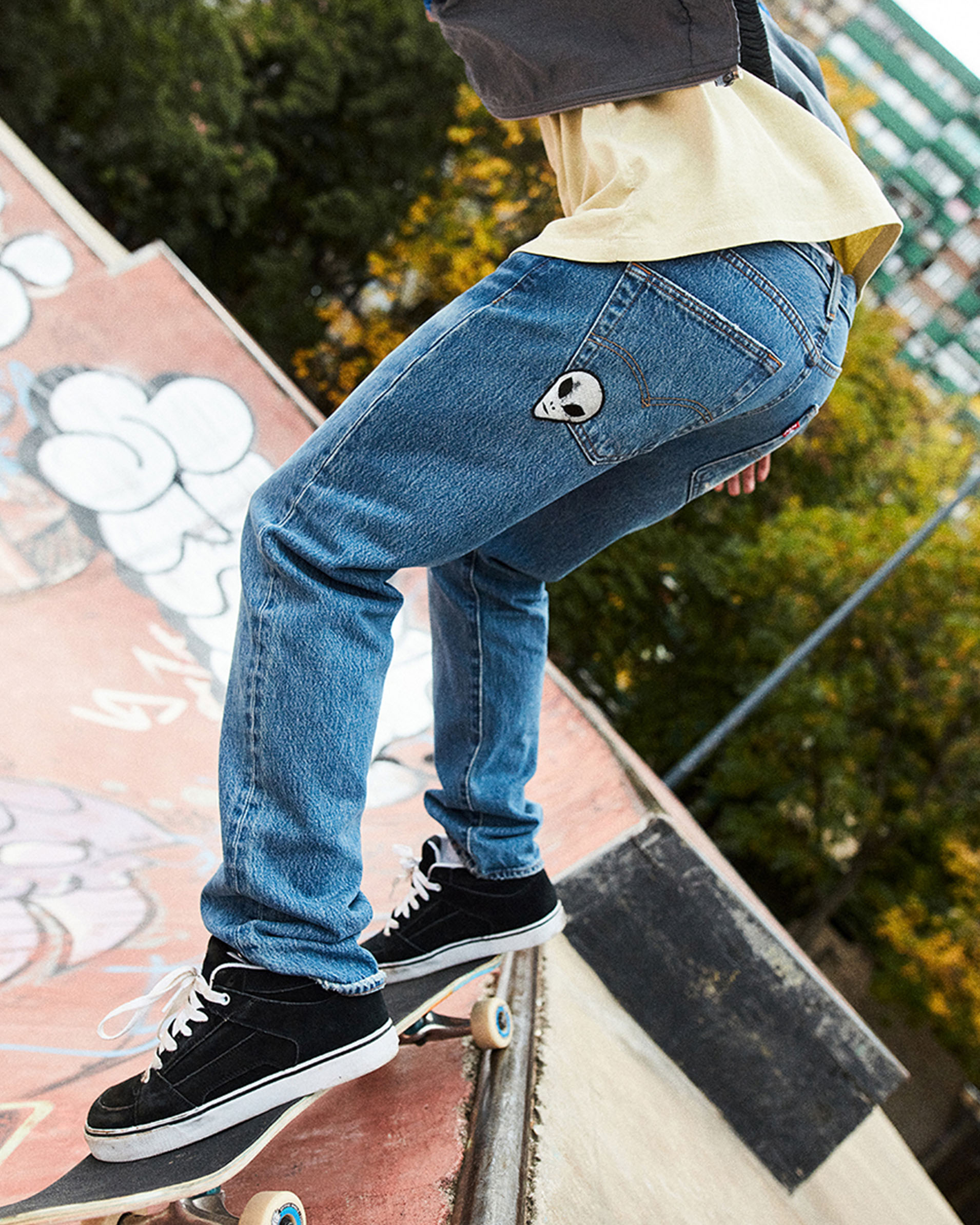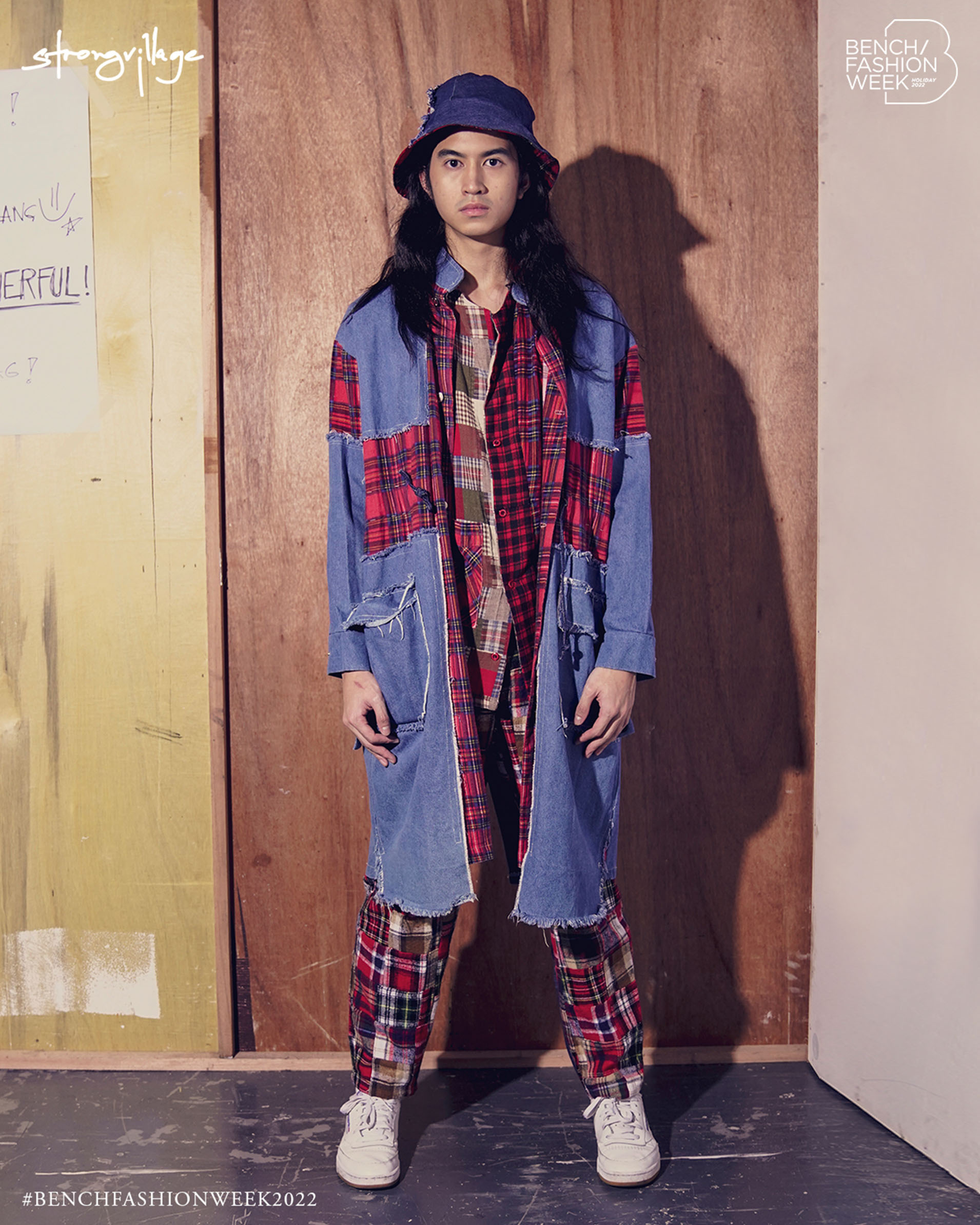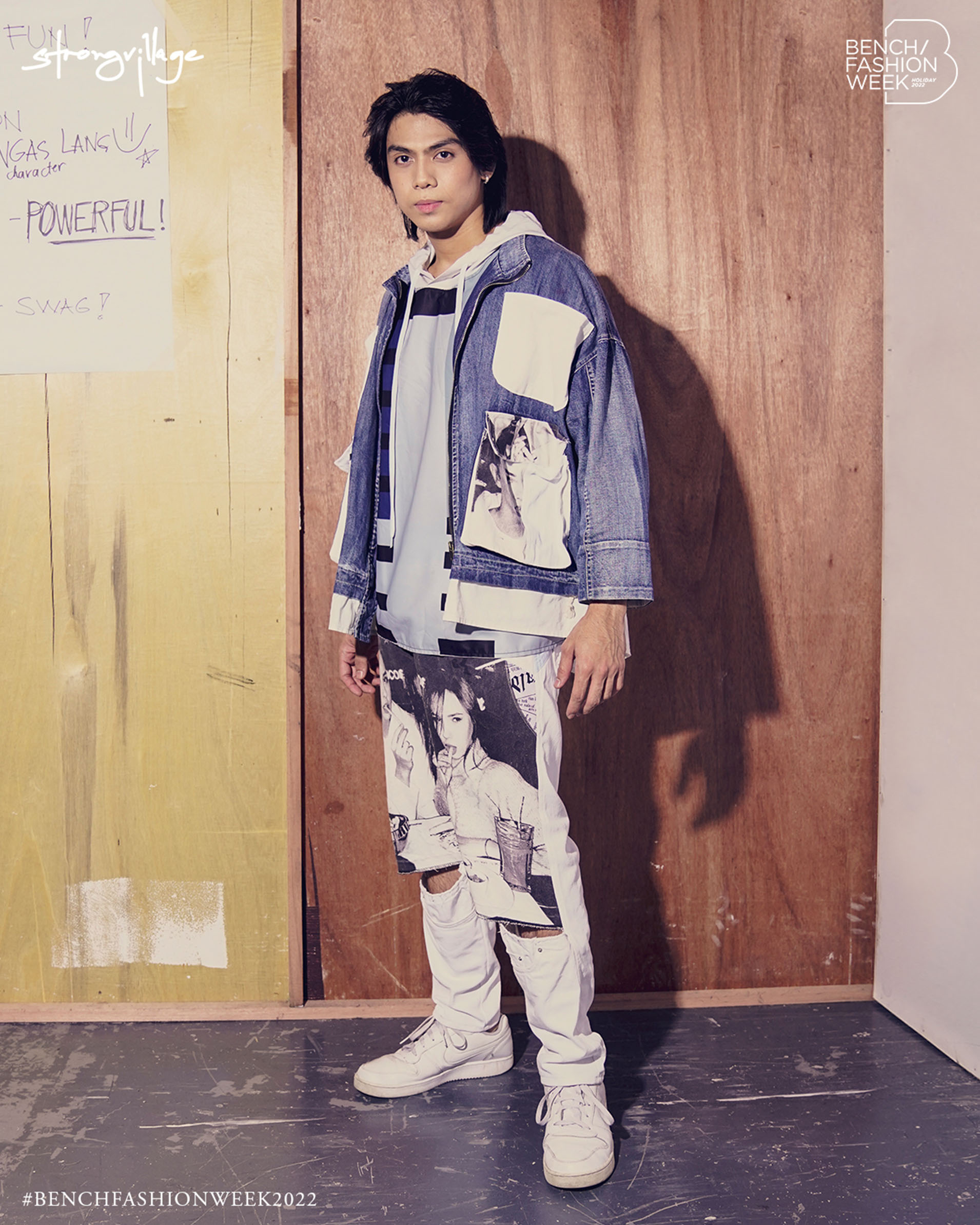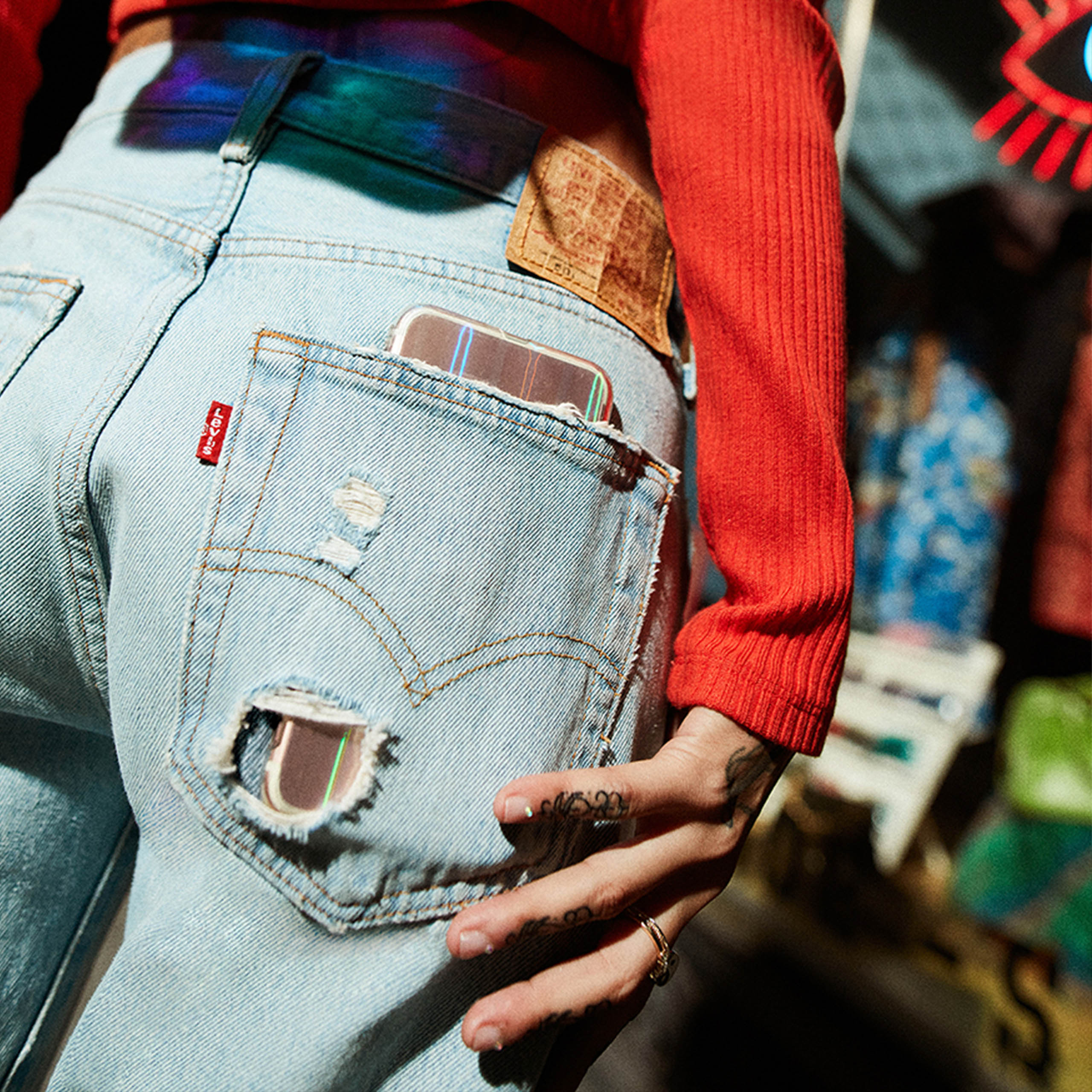Does denim ever really leave the threshold of fashion?
This story is originally from MEGA’s February 2023 issue
Skinny, head-to-toe, bleached, baggy, raw-hemmed, distressed, patchwork, and more—denim, as a fashion essential, has been through it all and still is constantly evolving. The street style staple started out in the 1800s, with the word “jean” referencing a cotton twill cloth used in trousers. Today, the classic blue jeans are called denim as they were originally manufactured in the French town Nîmes.

“Denim has been a staple since our inception,” says Russell Villafuerte of homegrown sustainable brand Strongvillage. “As a brand that advocates for circular economy and sustainable practices, it is important that we put a spotlight on denim.”
The iconic indigo-dyed denim workwear was first patented in 1873 by tailor Jacob Davis and wholesale fabric house owner Levi Strauss. Numerous design improvements later, along with a handful of manufacturers entering the market, the style was cemented in fashion. Now, the legendary brand is celebrating its 150th year in fashion.
“Denim was first made for miners, and it wasn’t a hundred years ago until it became mainstream,” Villafuerte adds. “Since then, denim has been an important part of counterculture.”

In their “Buy Better, Wear Longer” campaign, American clothing company Levi’s shows that jeans can be loved for decades, not just seasons. The timeless and versatile nature of denim is a prime example of clothes aging beautifully.
“Reconfiguring supply chains takes time, but we have found partners that are as concerned about their footprint, and are as excited to experiment as us,” says Paul Dillinger, Vice President and Head of Global Product Innovation at Levi’s. “These collaborations have allowed us to introduce more circularity in how we make our products.”
With climate, consumption, and sustainability at its core, Levi’s varying initiatives include investing in materials like organic cotton and performance eco-cool with recycled polyester that reduces water consumption from the dyeing process, pioneering in waterless manufacturing in denim, and featuring in-store tailors to repair and repurpose garments.

Meanwhile, at the local front, Strongvillage’s denim pieces are made from upcycled materials; hence, creating pieces that are unique. “Denim has a reputation for being an environmental headache since making denim requires a vast quantity of water,” Villafuerte explains. “It is foremost for us to show the ways denim can be upcycled and still be fashionable and guilt-free.”
At the end of the day, it’s all about making intentional purchase decisions and looking for ways to rewear, repurpose, and hold on to clothes for as long as possible. We can even pass them down to future generations.
As denim comes in a wide variety of types nowadays, including an infinite number of shades, colors, and prints, Villafuerte’s aim has always been to do pieces with minimum or, if possible, zero waste. Villafuerte concludes, “Denim is so versatile that a tiny piece of it can be used for a number of different things and only your imagination can hold you back.”







